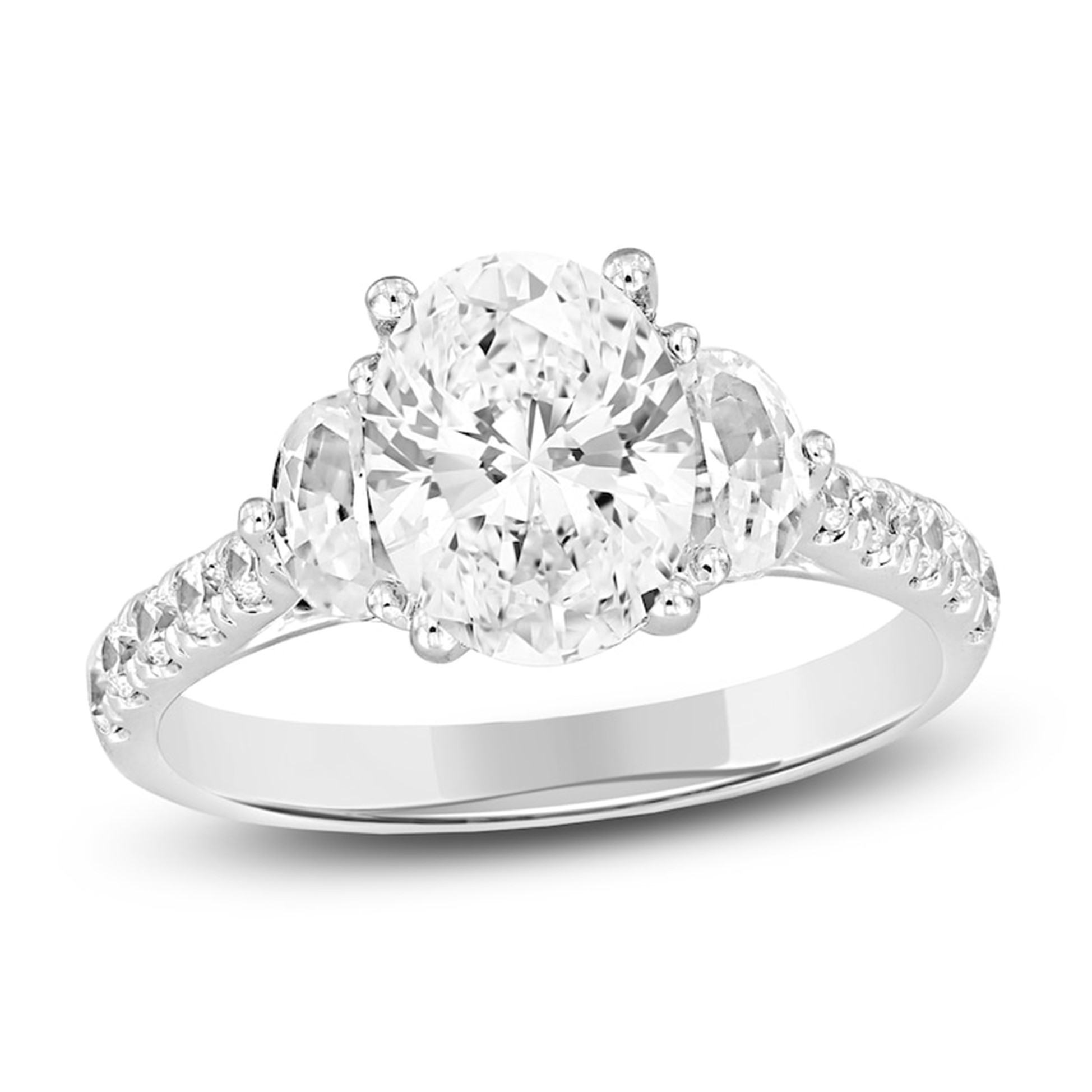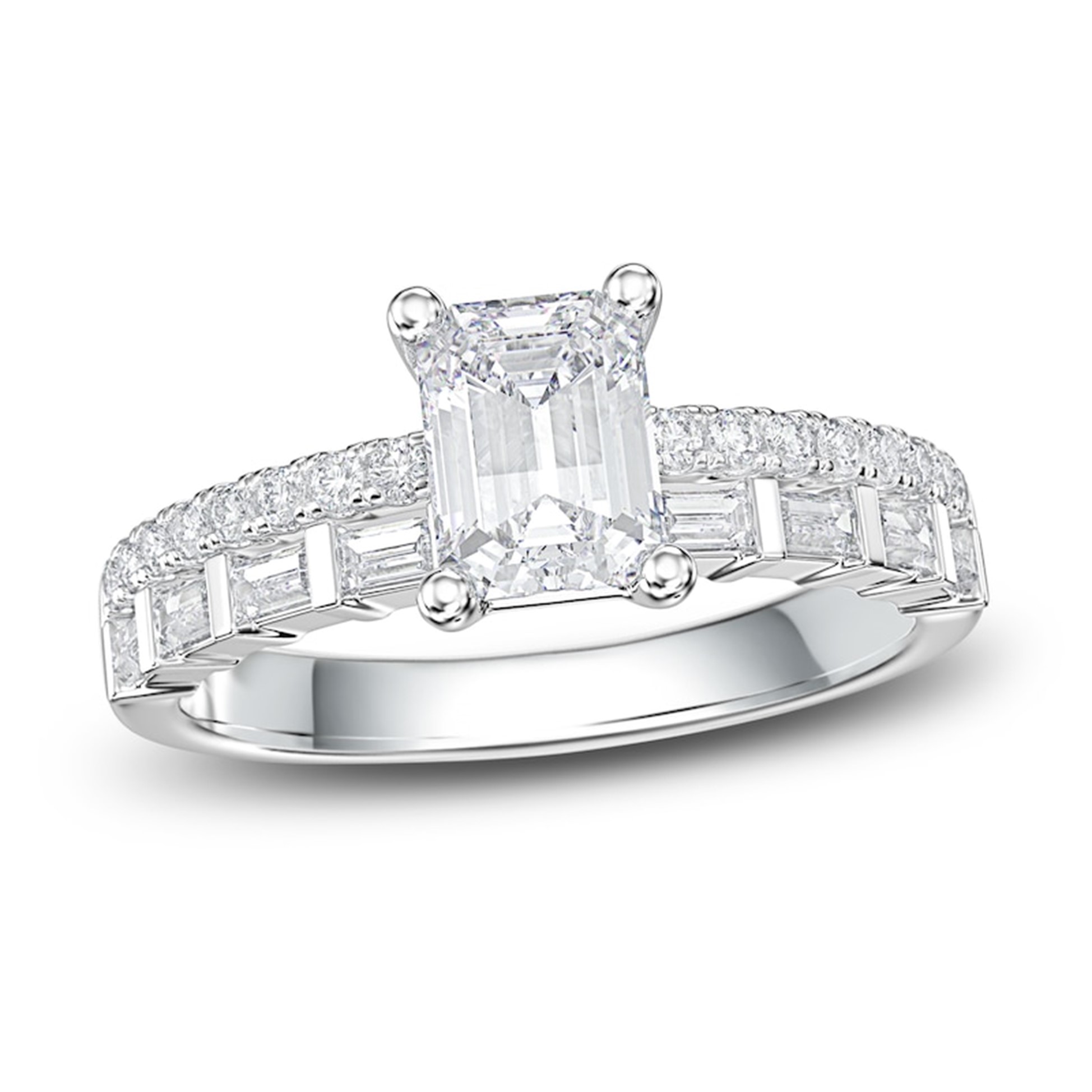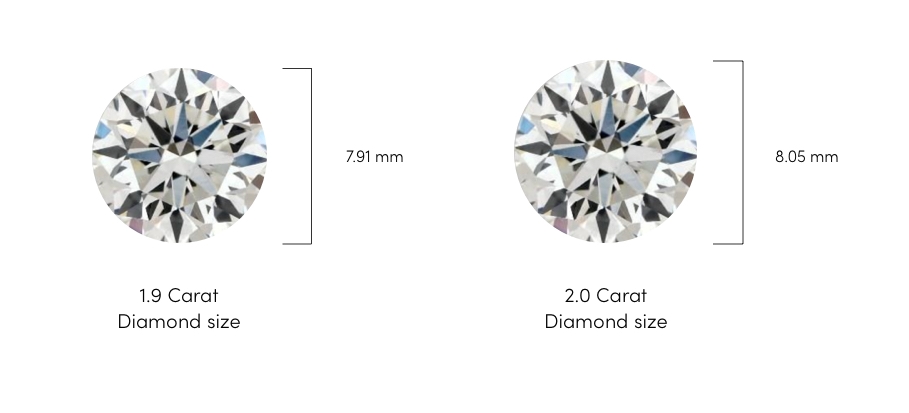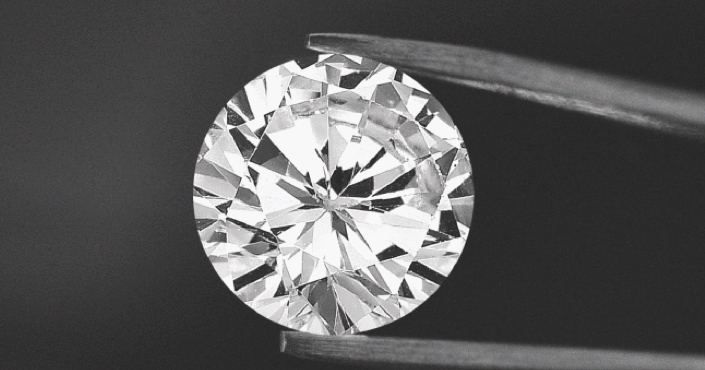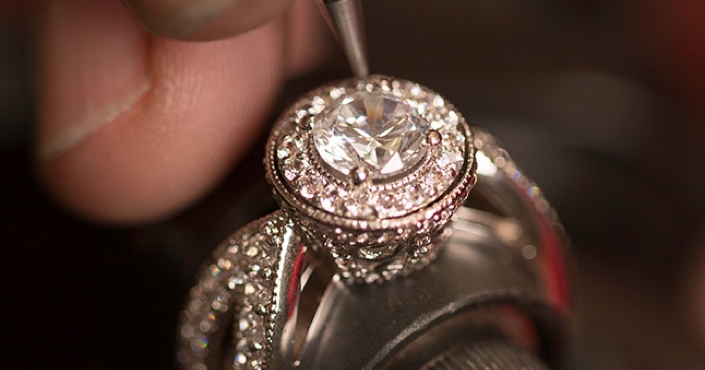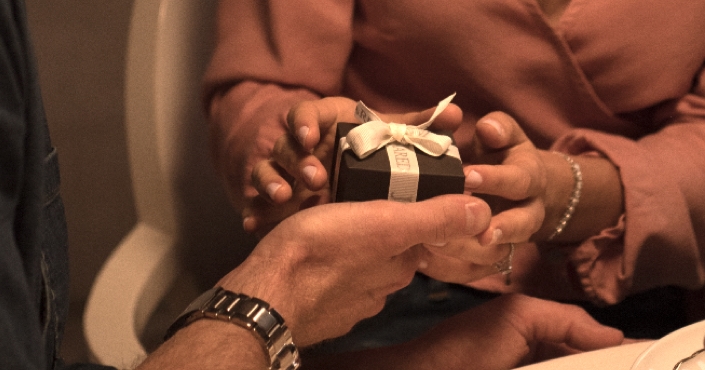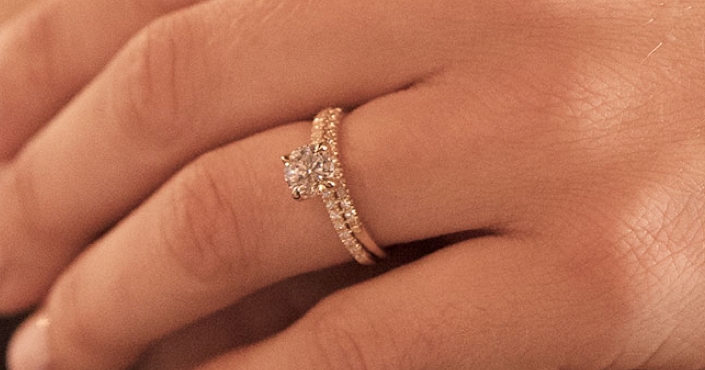The carat became the universal unit of measurement for diamonds in 1907 after the previous method of using carob seeds to measure jewelry was proven to be inaccurate. Carat is one of the 4 Cs used to determine the value of a diamond and while it is an important measurement, choosing the largest carat isn’t always the way to go. The ultimate goal is to balance carat weight with the rest of the 4 Cs and your overall vision for a piece of jewelry. Understanding how the carat weight system works will help you set your priorities and choose the right diamond for you.
What is a Diamond Carat?
Carat is the unit of measurement for the physical weight of diamonds. 1 carat is equal to 200 milligrams or 1/5 gram. Of the 4 Cs, carat is the most objective measurement and the number one priority for a diamond cutter is to maximize carat weight. Starting with a rough stone, a diamond cutter will use specialized tools to cut and polish the diamond with as little waste as possible. The average diamond carat weight is 0.90ct.
How Cut Impacts Carat
A well-cut diamond should have less depth and more spread—that means its measurements will make it appear larger than its carat weight. A deeper cut diamond of the exact same carat weight might appear smaller because more of the weight is hidden in the part of the diamond that no one will be able to see once it is set in a ring or other piece of diamond jewelry.
There is a wide variety of diamond cuts available. The right cut for you depends on the style of ring you have in mind (i.e. are you more timeless and feminine or bold and modern?) and your budget. If the visual size of a diamond is important to you, consider the following cuts:
Remember, carat and cut are always connected no matter what diamond shape you choose to go with but if you had to pick, a quality cut should be your top priority. In addition to the popular shapes mentioned above, Jared also has an extensive selection of pear, marquise, princess, cushion diamonds.
Additional Diamond Shapes
How a Carat Impacts Price
The price of a diamond is significantly impacted by its carat weight because larger diamonds are both rarer and more in demand. That being said, the price does not increase linearly as the carat weight goes up. It’s possible for a poor cut to bring down the price of a larger diamond. A jewelry expert can help you find the right balance of the 4 Cs while staying within your budget. Keep in mind, natural diamonds will always be more valuable than lab-grown diamonds because of their rarity.
What is a "Magic Size" Diamond?
Do you think you’d be able to tell the difference between a 1.9 carat diamond and a 2.0 carat diamond? Visually, they appear to be exactly the same size, but the 1.9 carat diamond will be more affordable because it’s considered “off-size”. Round sizes like 1 carat and 2 carat are considered “critical” or magic sizes and are more in demand. For some, the carat weight is a symbolic choice but realistically, you’ll be the only one that will know the exact weight of your diamond so compromising and going with an off-size stone will save you money.
Diamond Carat Weights & Tolerance Range
Since carat measurements are so small, a tolerance range is set to allow a diamond within a certain range to be sold as a particular weight. For example, a diamond sold as 1ct may actually be anywhere between 0.95 and 1.11ct. The following chart shows the official accepted tolerance range of each diamond carat weight.



